Author Elizabeth Gaskell's house restored to 'former glory'
- Published
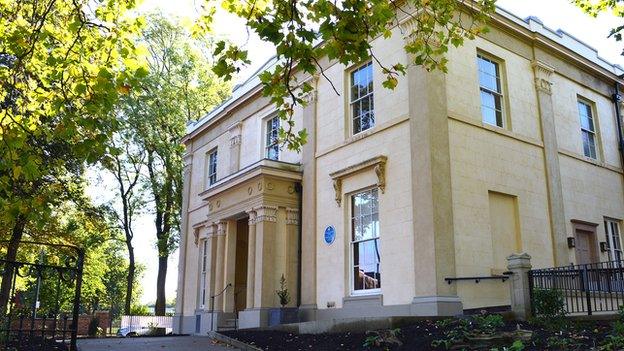
The house has been restored to resemble its appearance in the mid-19th Century
The house of Cranford author Elizabeth Gaskell is opening its doors after a £2.5m refurbishment that has returned it to the style of the writer's era.
The 19th Century villa in Manchester had fallen into disrepair after being used as a student hall of residence.
Gaskell lived there from 1850 until her death in 1865 and wrote works including Cranford, Ruth, North and South and Wives and Daughters in the house.
It will be fully open to the public for the first time from Sunday.
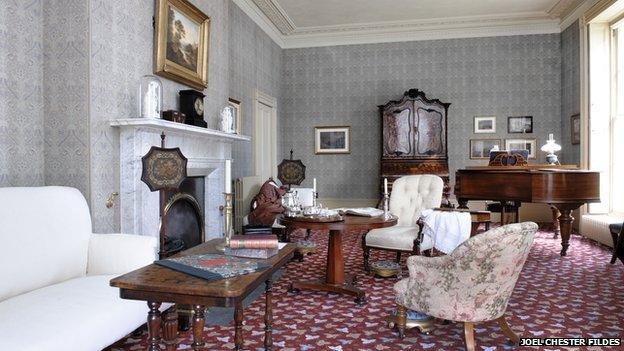
Period furniture and replicas have been sourced to make the house appear authentic
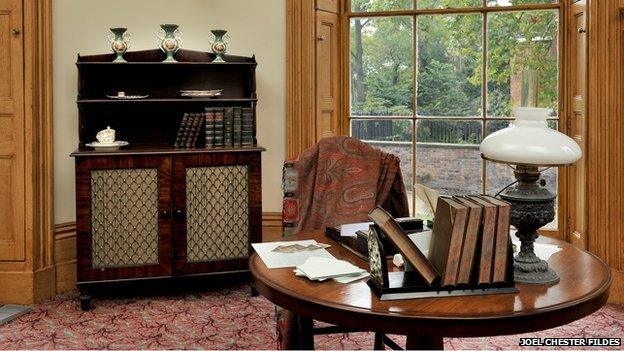
The house was said to have been in 'in a bad state structurally' before the restoration
The grand, grade II* listed house has been furnished with period items and replicas.
Gaskell's own passport, sewing boxes, silver teapot, ivory brooch and wedding veil are among her items on show.
The writer lived in the house with her husband William, a Unitarian minister, and their four daughters.
Janet Allan, chair of Manchester Historic Buildings Trust, which owns the house, said it was in a poor state of repair before the restoration.
"It was in a bad state structurally," she said. "It had been student accommodation for 30 years, so it didn't look like it does now.
"We had dry rot and wet rot and we re-roofed it and then the roof was stolen. We had trouble with the drains. She [Gaskell] talked about the 'pestilential smell' from the drains. They don't smell at all now."
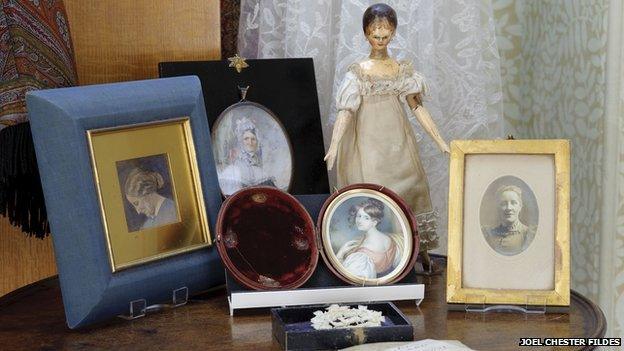
Some of Gaskell's own possessions are on show
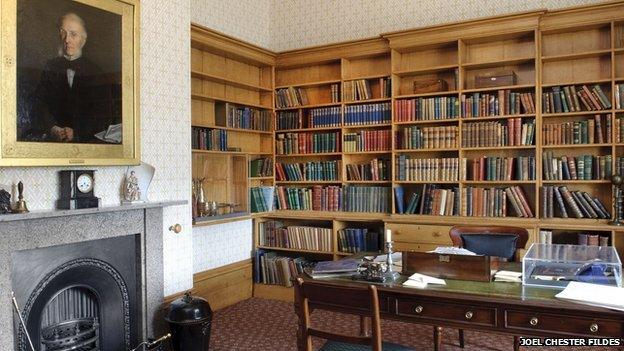
William Gaskell's study has been recreated
As well as writing, Gaskell was also involved with social and charitable organisations in the city, which had grown rapidly during the industrial revolution.
Her depiction of slums in her first novel Mary Barton made a big impact among the reading public at the time.
Sarah Prince, Gaskell's great-great-great-granddaughter, said the refurbishment was "fabulous".
"She was a notable writer of the Victorian era, she was a reformist, she was very keen on addressing the needs of the poor, so the fact that she is still remembered and understood for what she tried to do, which was sometimes groundbreaking, is good," she said.
Visitors to the house included her friend Charlotte Bronte plus Charles Dickens and John Ruskin.
Bronte once described it in a letter as "a large, cheerful, airy house, quite out of Manchester smoke - a garden surrounds it, and as in this hot weather, the windows were kept open - a whispering of leaves and perfume of flowers always pervaded the rooms".
- Published13 June 2012

- Published26 February 2012

- Published11 May 2011
